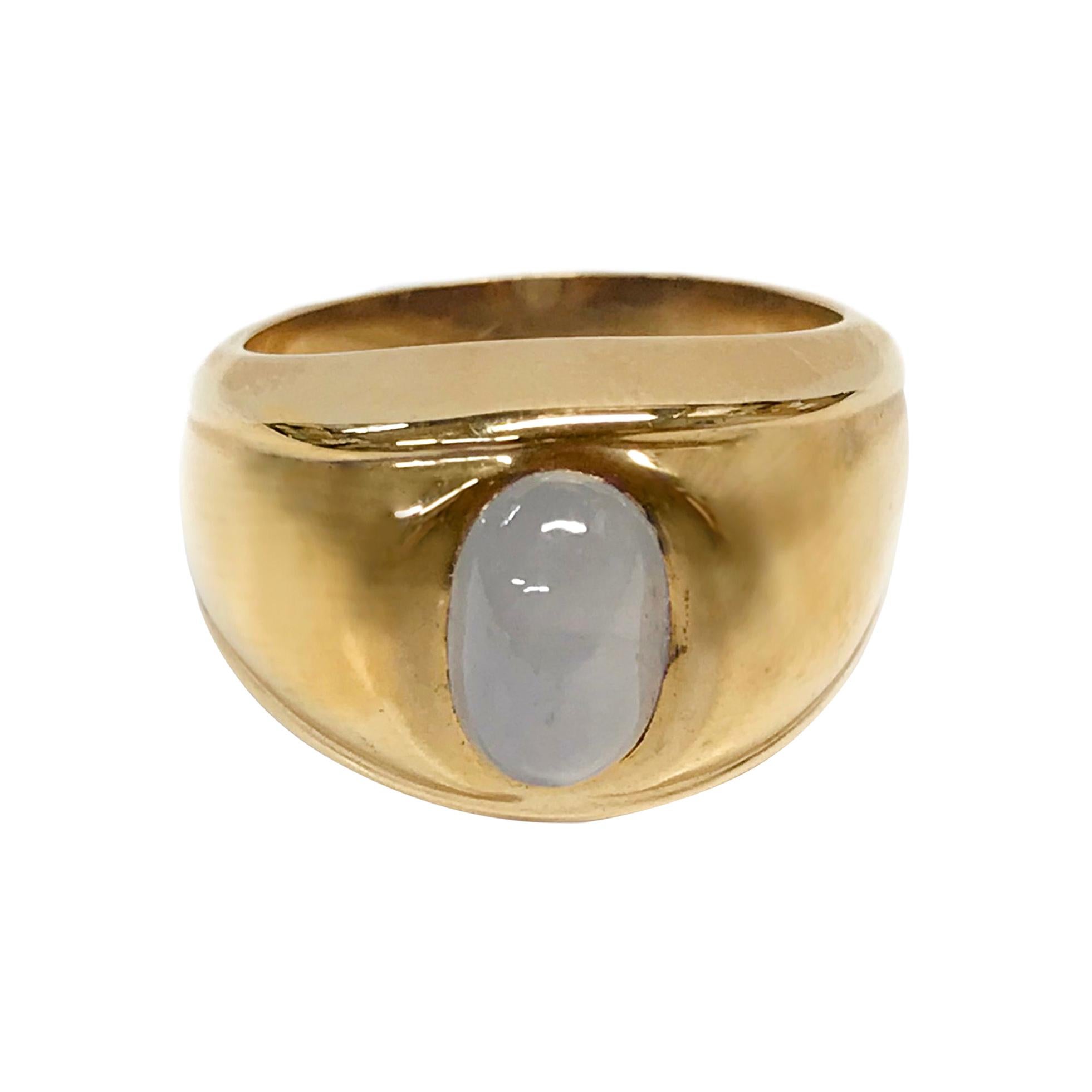

Field of view: 30 mm photo: Richard Hughes. Careful examination of the cavities shows an unusually perfect curved surface, not the type of thing one typically sees on a broken surface of sapphire. After soaking with alcohol, we were able to completely remove the shellac from the star sapphire. Following the client's approval, we removed the shellac.įigure 7. We informed the client that we would have to issue the report as a treated stone (Lotus Silver) unless the shellac were removed and offered to remove it with alcohol. Photo: Richard Hughes field of view: 5 mm click on the photo for a larger image A close-up view of the shellac in the lower pit revealed trapped gas bubbles and black debris. Field of view: 27 mm photos: Richard Hughes click on a photo for a larger imageįigure 6. Right: Under long wave ultraviolet light (365 nm), the dopping shellac fluoresced bright orange. One can see the brown dopping varnish (the white areas are adhesive from tape). Left: Two large pits on the back of the star sapphire in question. The 75-ct black star sapphire that is the subject of this article.

Interestingly enough, the shellac fluoresced bright orange under long wave ultraviolet light (365 nm) (Figure 5, right).įigure 4. On the back of the stone were two large pits filled with brown dopping shellac (Figure 5, left). In May 2020, a client submitted a large 75-carat black-star sapphire for testing (Figure 4). In black star sapphires from Thailand, one often encounters large pits on the back of the stone filled with brown dopping shellac. Rutile and ilmenite/hematite will exsolve in different directions, rutile along the second-order hexagonal prism.

Unlike other star sapphires and rubies, the asterism in these stones generally results from exsolution of ilmenite (FeTiO 3) and/or hematite (α-Fe 2O 3) instead of rutile (TiO 2). Black Star Sapphire Surpriseīlack star sapphires primarily come from Kenya, Australia and Thailand. After removal of the varnish with alcohol, it was found that a large portion of the base had been filled with a lead glass. Two large pits on the base were carefully filled with brown dopping varnish. A large black star sapphire was brought in for testing.


 0 kommentar(er)
0 kommentar(er)
